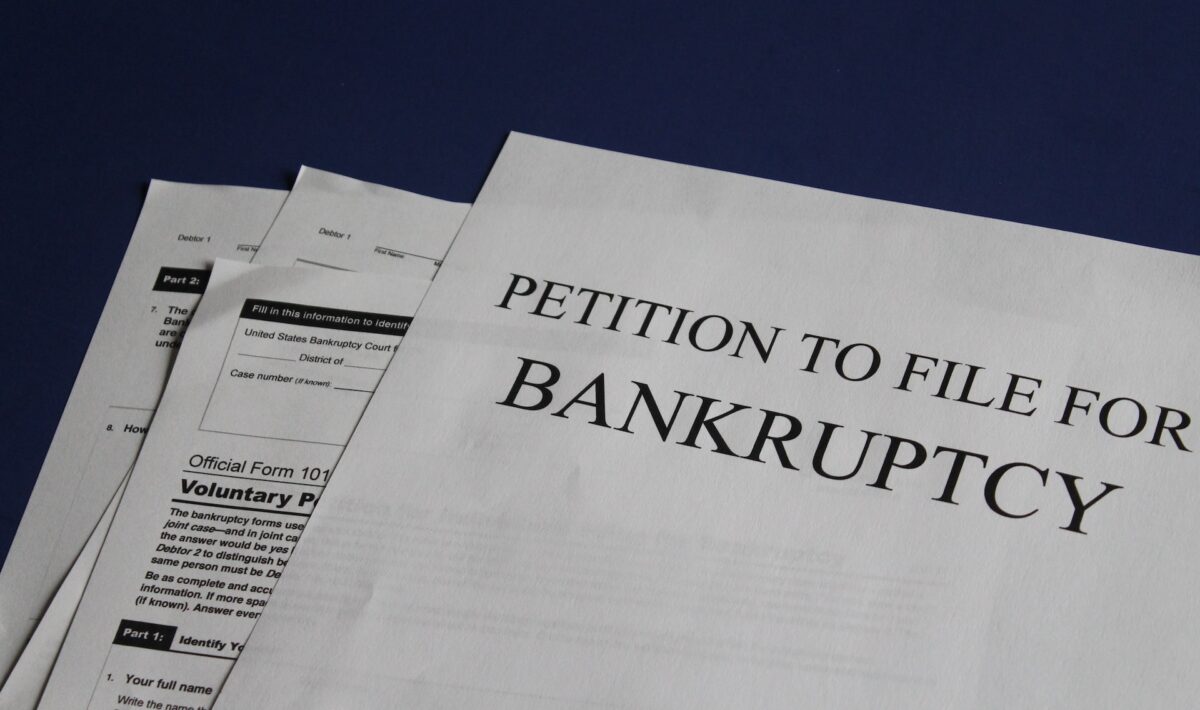If you’re considering filing for bankruptcy, it’s important to understand the steps. Then you can decide whether bankruptcy is the right solution for you.
Bankruptcy was created to help people get a fresh start when their financial situation collapsed. Sometimes that can be due to bad decisions or unforeseen events, like job loss or losing a loved one.
Gather Your Documents
As you prepare to file for bankruptcy, gathering all the necessary paperwork is essential. This includes tax returns, pay stubs, bank statements, and other financial documentation that may impact your case.
In addition, if you have additional circumstances that will affect your bankruptcy, such as child support or alimony, you’ll need to show proof of these legal obligations. For example, a divorce order or marital settlement agreement can be helpful.
Talk to an Attorney
A reasonable bankruptcy attorney from a law firm Rockville MD can help you understand your options and guide you through the process. They may even work with you to talk to your creditors and banks to help get things back on track.
When you meet with a bankruptcy attorney, they will ask you a few questions and want documents from you. Then, they will decide if filing a bankruptcy petition is a good idea.
File Your Petition
The first step in filing for bankruptcy is to file a petition with the court. This is a set of forms that tell the court all your financial information.
You can file this form on your own, or you can hire an attorney to help. Bankruptcy attorneys will understand all the ins and outs of the laws that govern your case and can help you make intelligent decisions about your finances.
Attend Your Meeting of Creditors
Typically, you and your attorney will attend a meeting of creditors called a 341 meeting. The trustee will be there to ask questions, and you may also have to answer under oath.
Before your meeting, review your credit report and gather your current financial documents. Make copies of these and keep them in a particular bankruptcy file.
Turn Over Supporting Documents
Bankruptcy is a stressful and emotional process. It involves complex dealings with the bankruptcy court and your creditors.
It’s a good idea to gather all your financial information before filing. This will make the process easier.
Attend Your Meeting of Creditors
If you are a debtor filing for bankruptcy, you must attend a meeting of creditors, also known as a 341 Meeting.
Typically, this meeting will occur between 20 and 40 days after filing your bankruptcy petition.
File Your Plan of Repayment
When you file for bankruptcy, you must submit a plan of repayment. This plan outlines how you’ll pay your debts and how much of your income will go toward paying them.
You must be truthful when you submit this information. Failure to do so can lead to fraud or other charges against you.
Attend Your Meeting of Creditors
Approximately 21 to 40 days after you file, your bankruptcy trustee will hold a meeting of creditors.
During this meeting, the trustee will ask you questions to verify that your bankruptcy schedules and documents are true and accurate.
The trustee will also ask you about your assets and debts. The meeting will be recorded and conducted under oath.
Meet With Your Trustee
During this meeting, your trustee will ask you questions to verify the information you provided them in your bankruptcy petition and schedules.
It’s essential to answer these questions truthfully and honestly. Any answers that need to be more accurate can result in your case being denied or a creditor seeking more money from you.
Get Your Debts Discharged
Bankruptcy will wipe away your debts and give you a fresh financial start. However, it can take years to get your credit back to normal.
Before filing for bankruptcy, you need to evaluate your options. This may include working with a credit counselor, negotiating lower interest rates or selling some assets.


 Hi! My name is Tiffany! I'm a free-spirited dog mom who loves to share about my life experiences. Welcome to my blog!
Hi! My name is Tiffany! I'm a free-spirited dog mom who loves to share about my life experiences. Welcome to my blog!